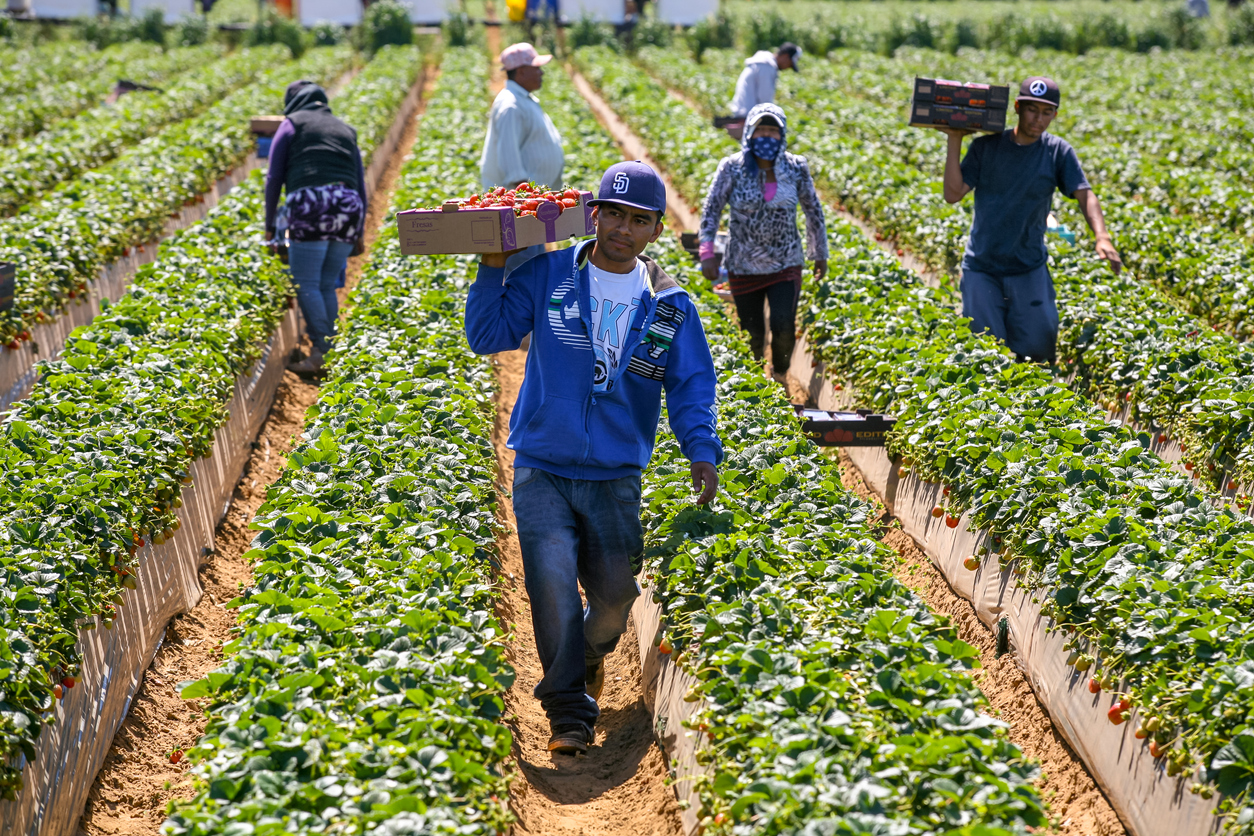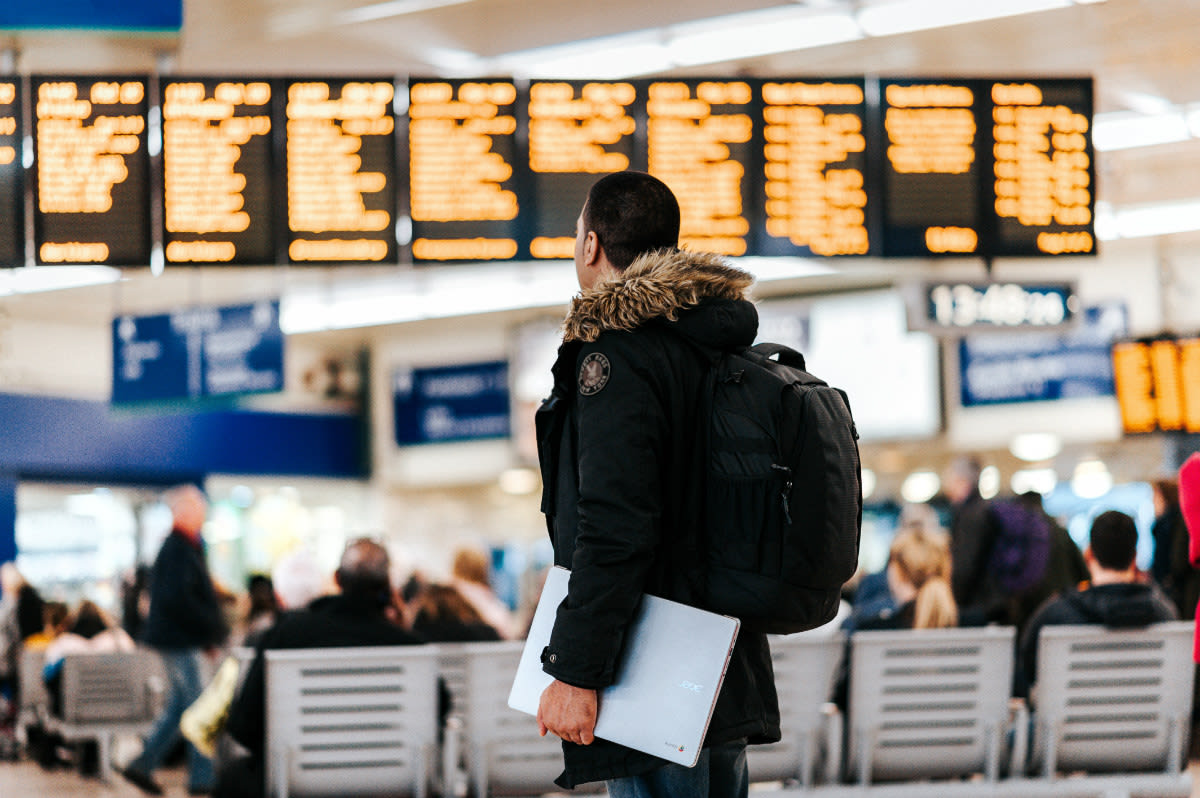Changes to Working Holiday Maker Visas Provide Relief for Farming Businesses
The toll that the COVID-19 pandemic took on the Australian agricultural sector is overwhelming. Farming businesses that relied heavily on the international workforce suffered from significant travel restrictions.
One of the latest restorative steps made by the Australian Government and the Department of Home Affairs is the changes to Working Holiday Maker visas that come into effect starting 1 July 2022.

The toll that the COVID-19 pandemic took on the Australian agricultural sector is overwhelming. Farming businesses that relied heavily on the international workforce suffered from significant travel restrictions.
Travel issues kept foreign employees from entering the country. Some of them changed working plans out of fear for their health and lockdown consequences.
The government introduced new visa extensions and related permissions in an attempt to provide some relief. Today, it continues to work hard to ensure the full revival of the agricultural and trade sectors.
One of the latest restorative steps made by the Australian Government and the Department of Home Affairs is the changes to Working Holiday Maker visas that come into effect starting 1 July 2022.
Change #1: A 30% Cap Increase Until 30 June 2023
The most important change to the Working Holiday Maker visas this year is an impressive 30% visa cap increase. The increase begins on 1 July 2022, and stays in effect for the entire 2022 – 2023 program year.
It’s not clear whether there will be a possibility of extending the cap increase for the 2023 – 2024 program year.
What it means for employers:
The cap increase should make a significant difference for farming businesses and other industries that currently face worker shortages. The impact is especially impressive for countries that have high visa caps.
For example, the standard visa cap for workers from China is 5,000. In 2022- 2023, it will be 6,500. The number of workers from Argentina will increase by over 1,000.
What it means for employees:
The significant boost in the number of available visas provides new opportunities for employees who missed the chance to visit Australia during the pandemic.
Change #2: Additional Work Places
There will be 1,400 additional places added to the visa caps for Austria, Hungary, and the Slovak Republic. The increase for the Slovak Republic will be from 200 to 1,000 places. For Austria and Hungary – from 220 to 500 places.
In addition, Australia signed agreements with Brazil and Mongolia to allow 100 and 500 young workers and travellers respectively to enter the country via Working Holiday Maker Visas.
Adding more places to the cap and introducing new countries to the program are reciprocal arrangements.
What it means for employers:
While the increase in places may seem insignificant, coupled with the 30% visa cap expansion, the numbers become more substantial.
For example, the Slovak Republic’s cap went up to 1,000 places. In addition, the 30% visa cap increase pushed the number to 1,300 (at least until 30 June 2023).
What it means for employees:
More employees got an opportunity to work in the country, just in time for the October-December harvest season.
Change #3: Age Increase
The age of potential workers from Italy and Denmark who want to apply for the Working Holiday Maker visa increased from 30 to 35 years.
This arrangement aims mostly at improving international cultural and experience exchange but can provide additional relief to the agricultural sector. Denmark and Italy raised the age limit for Australian workers as well.
What it means for employers:
While a five-year increase may not seem significant at first, it carries important weight. People who are older than 30 generally have more time and opportunities to travel. They are also more likely to check out new experiences that involve working in a foreign country.
Meanwhile, people who turned 30 during the pandemic and missed their chance to come and work in Australia due to the age limit, now have the opportunity to do so.
What it means for employees:
Italian and Danish employees who turned 30 in Australia during the pandemic got an opportunity to apply for a second working holiday visa.
Overall, raising the age limit gives more European employees to work in the country and help restore the agricultural sector.
Additional Benefits for Working Holiday Maker Program Participants
To help more workers come to Australia through the WHM program, the government made additional changes:
Nil VAC
Until 31 December 2022, eligible current and former COVID-19-affected WHM visa holders can apply for a visa without VAC (Visa Application Charge). This provides another opportunity to meet specified requirements for the next WHM visa.
6-Month Extension
Holders of WHM visas in any sector can continue working for the same employer for longer than six months without additional permissions. The government will review the arrangement on 31 December 2022.
Reviving the Farming Sector in Australia
As the COVID-19 restrictions subsided and the borders reopened, over 18,000 people with Working Holiday Maker visas entered Australia. By February 2022, only 7,000 such visa holders returned to work in the farming sector. Compared to a 40,000 pre-pandemic workforce, this may not seem impressive.
Many farming business owners worry that another change (expansion of the type of specific work you can do to reapply for the WMH visa) could redirect foreign workers to other industries, such as hospitality and tourism.
Meanwhile, British employees (who make up around a quarter of the horticultural workforce) don’t need to work in regional Australia for three months to renew their visas anymore.
The new 30% cap increase should contribute to the rising number of foreign employees who are ready to work in the agricultural sector. Hopefully, the impact will become significant by October in order to handle the harvesting season.
Additionally, to fill the labour gap, farming businesses are counting on the cumulative effect of the PALM (Pacific Australia Mobility) scheme and a special agricultural visa program.
Ensuring Compliance While Reviving the Industry
The new changes to the WHM visa requirements make it easier for farming businesses to find the much-need workforce with the harvest season looming. While employees are benefiting from rule relaxation, employers need to ensure compliance.
With automated solutions offered by CheckWorkRights, you can maintain compliance and arrange smooth work operations when hiring foreign employees. To learn how this works, contact us at any convenient time.

